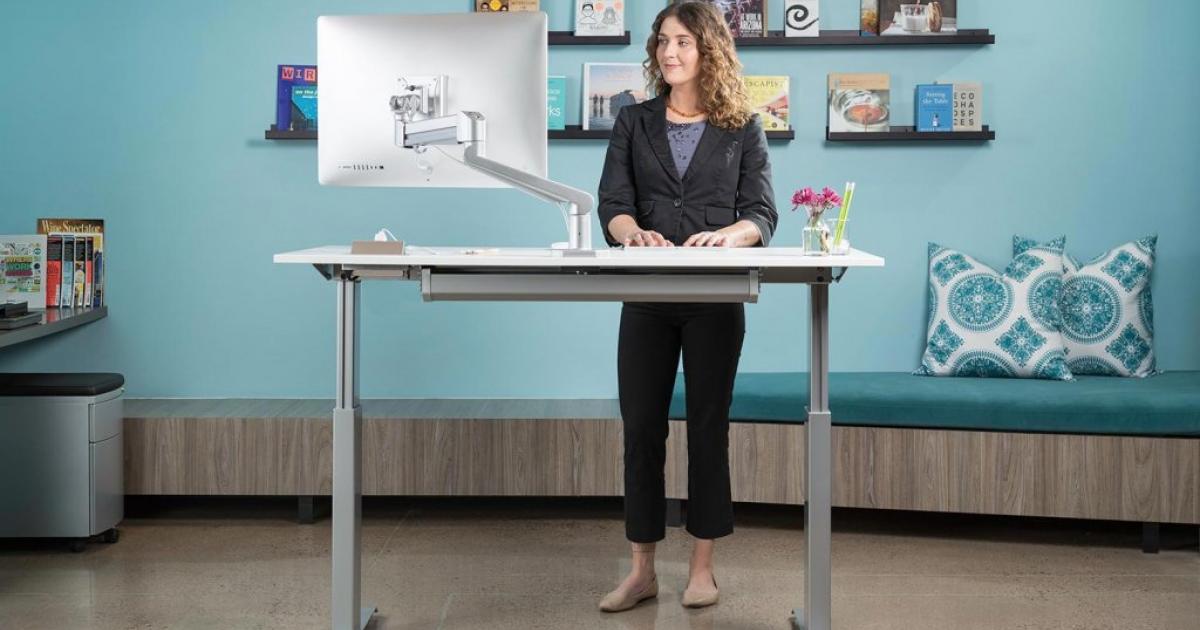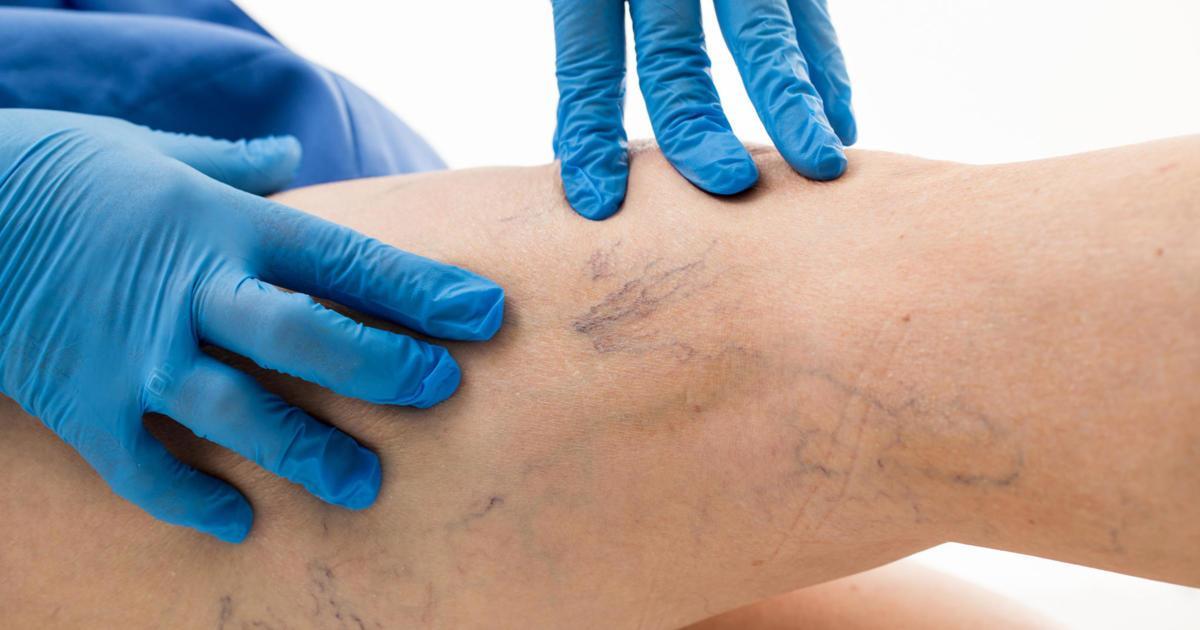How To Get Rid Of Varicose Veins And Feel Confident In Your Skin Again
Risk Factors

Unfortunately, it is not currently known precisely why blood vessel walls can become weak or faulty, but experts do know certain conditions can enhance the risk of this occurring and resulting in varicose veins. These risk factors for varicose veins include obesity, standing for extended periods, having a family history of varicose veins, being over fifty years old, menopause, and pregnancy. Certain medications may also increase an individual's risk of developing varicose veins, though this must be discussed with a doctor so potential medication substitutions can be evaluated.
Symptoms

The good news is varicose veins are not usually painful. The most common symptoms include veins that appear to be twisted, swollen, discolored, or lumpy. They may bulge out of the skin and change to a dark purple or blue. Less common symptoms of varicose veins include achy or heavy legs after exercise or at night, swollen ankles, spider veins, leg cramping when standing up, restless leg syndrome, bleeding for longer than normal, white patches near the ankles that look like scars, and skin discoloration near the affected veins.
